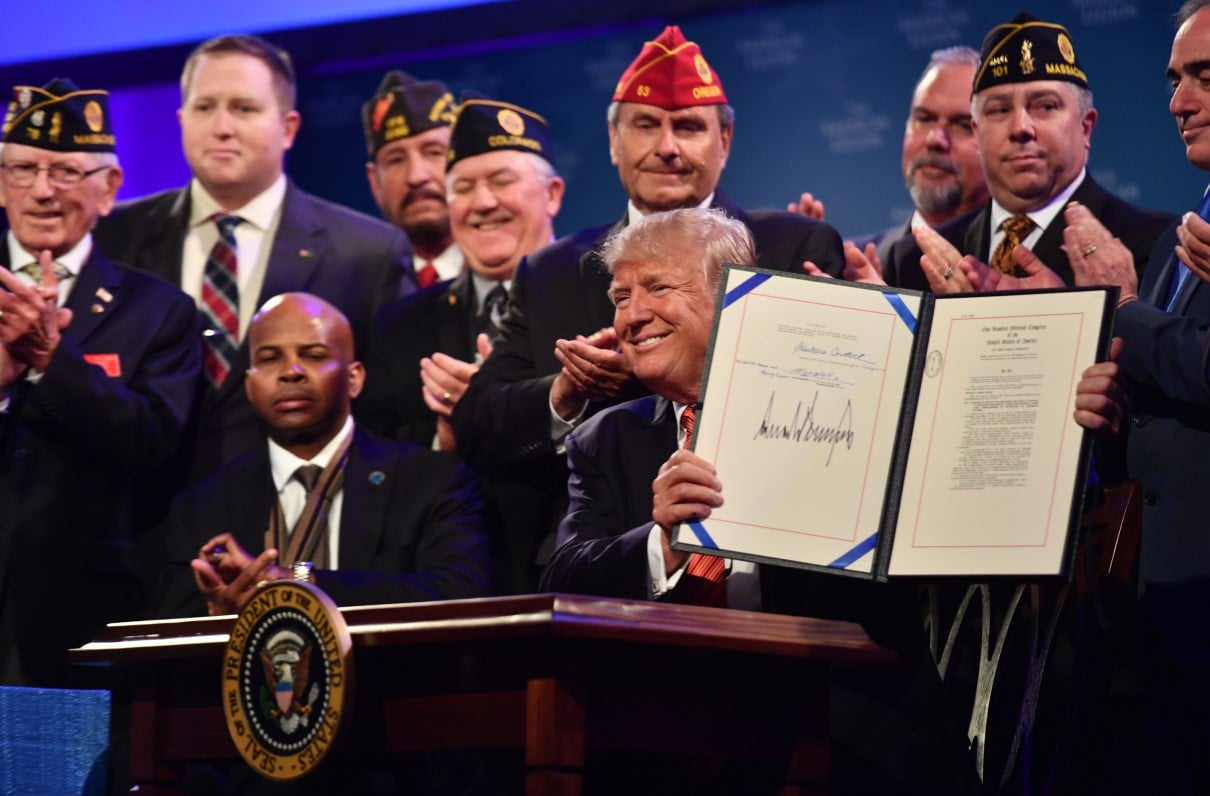In a Tuesday ceremony at VA Headquarters in Washington, D.C., Department of Veterans Affairs Secretary Robert Wilkie officially implemented the VA's new appeals process, which is commonly called the Appeals Modernization Act (AMA).
Signed into law Aug. 23, 2017, this overhaul of the cumbersome legacy appeals process was no small undertaking. Led by Cheryl Mason (chair, Board of Veterans' Appeals) and David McLenachen (director, Appeals Management Office), the VA devised a three-tiered approach to tackling appeals, with a goal of completing supplemental claims and higher-level reviews within 125 days. Direct appeals to the board are expected to average 365 days.
“With the implementation of the Appeals Modernization Act, I believe that the department is in the midst of the greatest transformative period in its history,” Wilkie said. “The VA is well on its way to becoming a 21st-century administration.”
MOAA was among the veteran service organization partners that played an influential role in the act's development and passage; several VSO representatives, as well as members of Congress and staffers from the Senate and House Veterans Affairs committees, attended Tuesday's ceremony.
The new law is designed to modernize the current system and provide earlier claim resolution, per the VA. It requires improved beneficiary notification of VA decisions, and it offers three review options for beneficiaries who disagree with those decisions:
- A Higher-Level Review sends the claim to a senior claims adjudicator with no new evidence allowed. The reviewer can overturn the original ruling based on his or her opinion, or based on a clear and unmistakable error.
- A Supplemental Claim lets the veteran submit new, relevant evidence to support the appeal.
- An Appeal to the Board gives the veteran the chance to appeal directly to the Board of Veterans' Appeals, either via direct review (no new evidence or hearing, just a new look at the claim); by submitting new evidence without requesting a hearing, or by requesting a full hearing, with new evidence and the chance to testify before a Veterans Law Judge. Under the new system, VA officials “anticipate an uptick in appeals directly to the board, but not a significant one,” Mason said. “The board is ready.”
Find additional information on the Appeals Modernization Act through this VA fact sheet or this list of frequently asked questions. Learn more about how to file and track your appeal here.
The new system takes over for the Rapid Appeals Modernization Program (RAMP), a pilot program that accepted more than 84,000 claims since its November 2017 launch, according to Military.com. RAMP will continue processing claims submitted under that process, but the program won't accept any new appeals.

